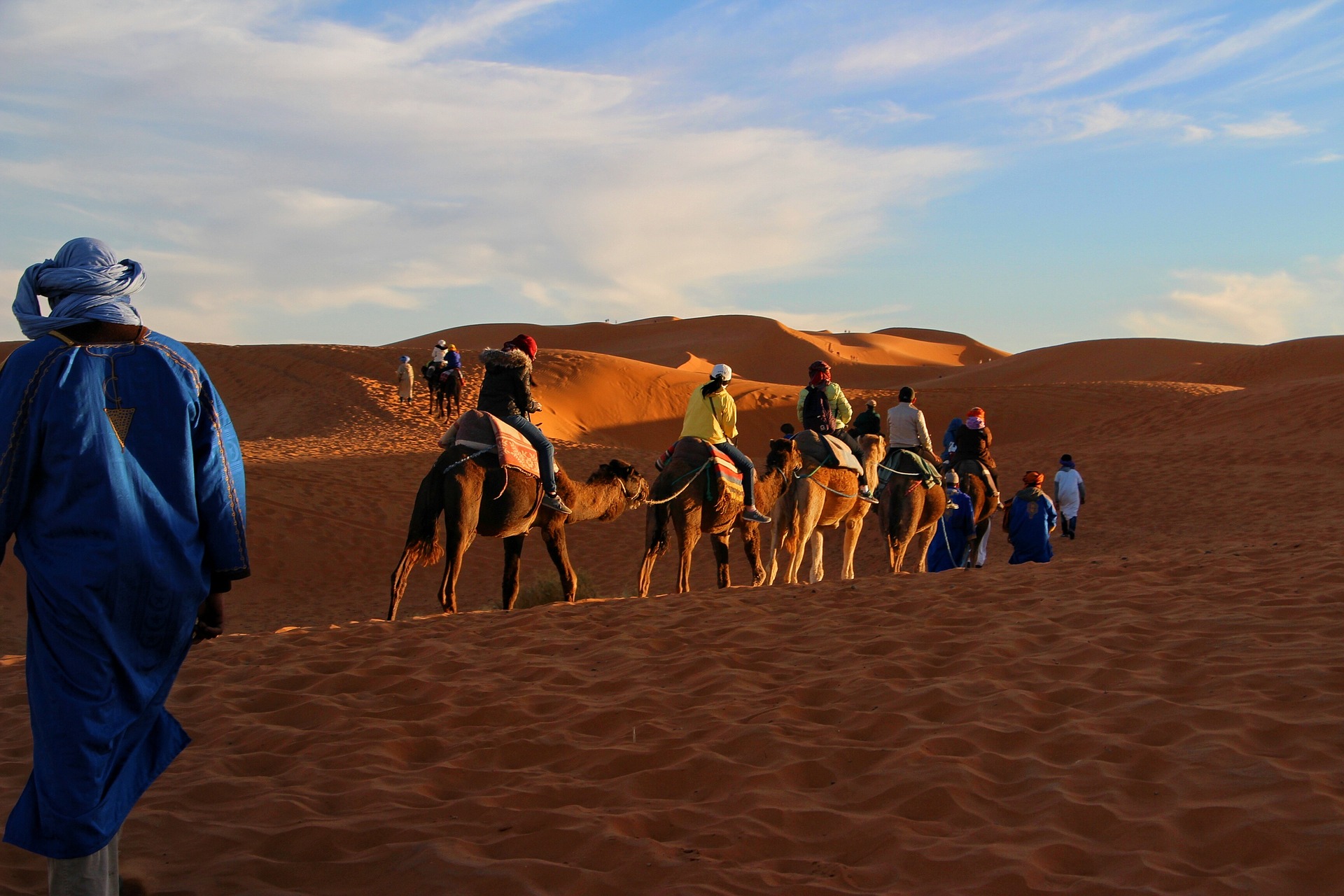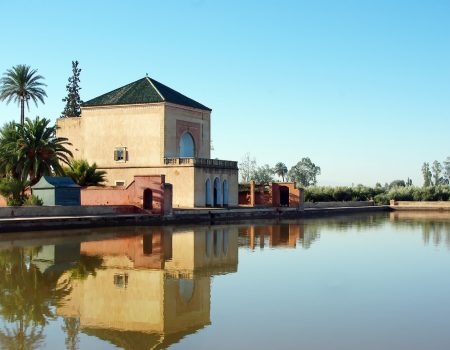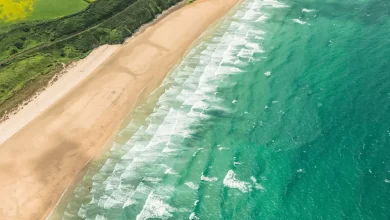Morocco takes action against real estate fraud

The government council has approved Bill 31.18 to prevent the selling of others’ property without their knowledge using forged documents. It has has stepped up to protect citizens’ property rights from real estate fraud, known to the public as the “mafia of property.”
The move comes almost two years after King Mohammed VI’s message, urging for measures to be taken against real estate fraud, to the justice minister Mustapha Ramid, who is now currently the human rights minister.
The bill will give powers to the bodies in charge of documentation in real estate agencies to obtain clear legal authority which will regulate the powers of civil companies’ legal representative. It will enhance “documentary and contractual security as well as protection of rights and property.”
According to Article 2 of the 2011 Law 39.08 related to rights of property, people whose property has been sold fraudulently must file a complaint within the timeframe of four years. If they do not during this time, they will legally have lost ownership of the property.
Many foreigners and Moroccans residing abroad who had bought lands or houses in Morocco came back to find that someone had illegally sold their properties on to other people.
Many other local Moroccan families have been evicted from the properties they inherited and have have occupied for years.
Ramid suggested at the Parliament in 2014 that Moroccans or foreigners with property in the country should verify every four years whether their properties are still registered under their names, even if they had already registered their property title.
In June, the minister of justice, Mohamed Aujjar, promised fraudulent sellers he would deal with them severely. He also called for quick measures against the real estate fraud which has increased in recent years.
In line with King Mohammed VI’s instruction, the government founded the committee in charge of tracking real estate fraud in 2010, after the monarch received numerous complaints from people losing their homes to fraud across the country.




